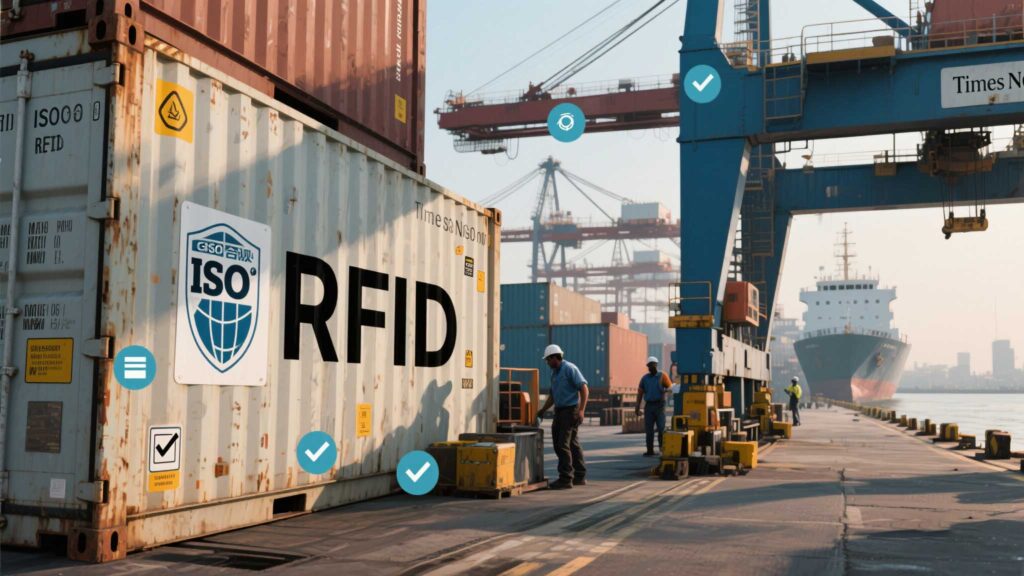Can We Build a Custom UHF or HF RFID Reader on Our Own?
800Learn whether building a custom UHF or HF RFID reader is feasible, key challenges, and how Cykeo’s modular solutions simplify development.
MoreAll RFID Product
ISO standards for RFID in supply chain management ensure interoperability, security, and efficiency across global logistics networks. These protocols govern everything from RFID tag data formats to anti-collision algorithms, enabling seamless tracking of goods from factories to end consumers. Below, we break down the most critical ISO standards and how to implement them for audit-ready supply chains.

Cykeo’s SupplyTrack system pre-maps to ISO 17363–17367, automating compliance for container and pallet tracking across 50+ countries.
A global automotive supplier reduced customs delays by 70% after aligning its RFID system with ISO 17363 for container tracking.
Cykeo’s RFID solutions are certified across ISO 17363, 18000-6C, and 27001, with built-in compliance dashboards for real-time audits. Their tags undergo ISO/IEC 17025 lab testing, ensuring accuracy in high-noise environments like ports and assembly lines.
Learn whether building a custom UHF or HF RFID reader is feasible, key challenges, and how Cykeo’s modular solutions simplify development.
MoreBarcodes vs RFID: Discover which tracking tech cuts labor costs faster. See how businesses choose based on scanning headaches, metal interference, and hidden expenses.
MoreDiscover the power of handheld UHF RFID readers with long-range scanning (3-10m), bulk tag reading, and rugged design—perfect for warehouses & logistics. Improve efficiency today!
MoreLearn how to optimize RFID antenna placement for retail checkout gates to reduce errors and speed up transactions. Discover Cykeo’s solutions for seamless inventory scanning.
More